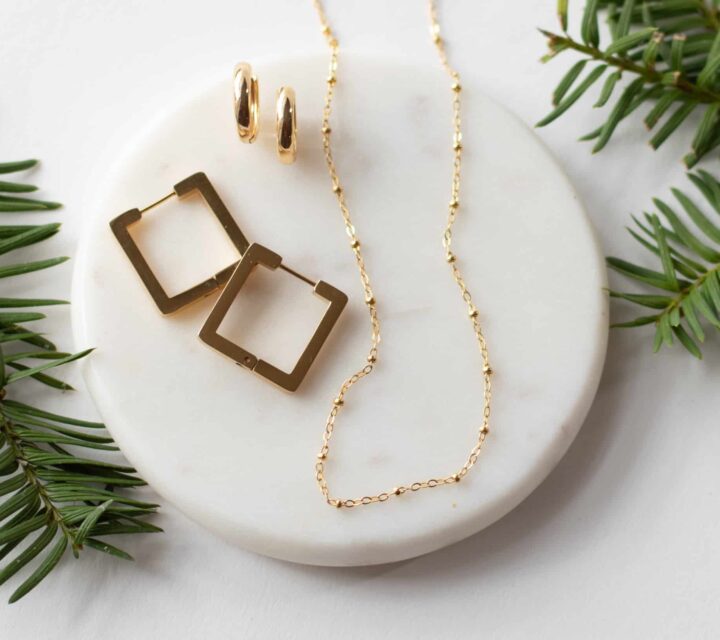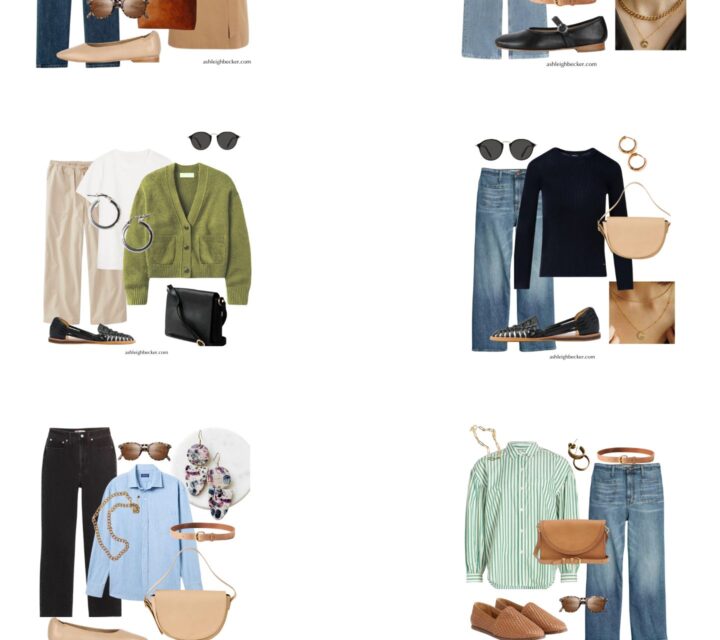This post is part 1 of a series to help you switch from fast to slow fashion and understand what buying ethically may look like for you. Every slow fashion journey looks different just like every person is different. My goal is to guide you gently through the process that worked for me. You can read more about my journey from fast to slow fashion here.
Since you are here I’m going to assume you already know a bit about ethical fashion and what it means. If you need a refresher, there’s an entire post about it here. In a nutshell, ethical fashion is clothing made with care for the people involved in the process from the farmers who grow the cotton to the people who sew final garments. There are also sustainable materials components and several other nuanced details. You are here, so that tells me you want to know where to start.

Switch from fast to slow fashion by stopping
This may seem counterintuitive, but when it comes to ethical or slow fashion I think the best way to switch is to stop all purchasing. For some this is very difficult. I was once a fast fashion brand shopaholic. I understand the “need” for a new outfit for events or retail therapy. If you truly want to switch to buying ethical clothing and accessories, I suggest you stop your current shopping habits so you can do a few important things I’ll get into below.
Make the decision to not make any clothing purchases for a set amount of time. I suggest no less than one month. Personally, I went much longer, about 4 months.
Evaluate what you already have
Use this time to go through your entire wardrobe – everything! Sort it out Marie Kondo style or something similar. Figure out how many things you have that you dislike or don’t really wear.
Create three piles: keep, maybe, and get rid of.
Keep pile: make sure it’s pieces that you actually like to wear & are useful for your lifestyle. I don’t really believe in saving your best pieces for special occasions. As I type I’m wearing one of the best, high-quality pieces I own and it’s just an average Monday. If you love it, wear it!
There might be things worth keeping that you don’t love, but serve a purpose. Things like painting clothes. Keep one pair of clothes for dirty work (unless you do it everyday), not 15 old tshirts. Get rid of them unless you really need them or repurpose them.

Maybe Pile: be careful here. It’s easy to put everything in the maybe pile. Choose wisely. Consider setting a limit. The maybe pile is kind of like purgatory. If you don’t reach for it within 6 months (or an entire season if it’s a seasonal piece), let it go. You will feel lighter without it.
Get Rid of: That bridesmaid dress from 2010, yep, donate it. Someone will have a great dress for Prom or Halloween depending on the style. 😉 Find the pieces you haven’t worn in a very long time – for me that time is 6 months – and donate them.
Low quality items that were impulse fast fashion purchases and now are in poor condition should go too. The goal here is to create a leaner wardrobe with pieces that you love and will want to reach for again and again. Even more than that, you will know that the people who made your clothes were treated with dignity and respect – paid a fair living wage, worked in safe conditions and had the freedom to take a day off.

Don’t just throw everything away. I’m not advocating that you go out and buy a whole new wardrobe. I’m suggesting you have a fresh start and figure out your style so you know what is worth purchasing in the future.
When you are done you still need enough clothes to wear while you learn to figure out what you love and evaluate what you actually need.
The Elephant in the room – slow fashion cost
It’s no secret that when you buy clothes that are made by socially conscious companies who give living wages to their employees and care about the environment, the cost tends to be higher. The quality also usually goes up drastically. That’s part of why you need the spending break. You need to figure out how much you can afford to spend on clothes in a given timeframe and start saving for your next purchase.
The first time I purchase a fair trade t-shirt for $25 vs. $8 at a fast fashion company like Gap I swallowed hard. I also knew that the person who made my t-shirt wasn’t a slave. Their safety, lifestyle, and happiness were worth the extra cost to me. I imagined that person every time I wore the shirt & I quickly grew to love ethical fashion.
This post is the first in a series regarding how to build an ethical wardrobe you love. Continue to part two on continuing an ethical fashion journey to switch from fast to slow fashion here and part three here.



